|
This post continues the series of blog posts on the opportunities our education system has to positively transform during this pandemic to better serve the needs of our students. Today, I’m diving into a differentiation strategy called: What I Need (or “WIN”) Time. The basic idea is exactly what the title says—helping students get what they need when they need it. Each of our students are unique individuals who learn at different paces and in different ways. We know that talking at the class for the entire lesson and then handing each kid a textbook doesn’t work, because that one-size-fits-all practice is how we ended up with the egregious educational inequity we have today. Recognizing the need for differentiation, let’s think about how to set up WIN time… Activity Options First, students need to have a few options for what to do during this time. Of course, some can meet with you, but while you’re meeting with a small group, what is the rest of the class doing? I encourage you to check out my post on free resources for self-paced learning, which serve as excellent low-prep activities for students to use independently during WIN time. Student Choice Next, to promote student reflection and ownership during WIN time, it’s best to have students choose what it is they need to do during this time. At first, you may find it easier to tell students where to go based on what you think they need, but if you continue to do this once students are familiar with the process, you’ll miss opportunities for student self-assessment and reflection. Pre-work: Class Data Dive Of course, students may need some support in determining how to make informed choices during WIN time. I like the idea of creating a lesson just for this purpose. During this lesson, you may want to guide students through recent assessments and help them identify which skills are strengths and which are areas for growth. You can teach them how to read and make sense of your feedback to determine what they need to do next. Pre-work: Self-Assessment I also love the idea of combining a self-assessment activity with WIN time. Having students self-assess their mastery of a topic or skill on Marzano’s 1-4 scale is one way for students to determine the degree to which they have mastered a piece of content or a specific skill at a given point in time. This approach also promotes the concept of mastery as a progression. Knowing mastery takes time and everyone moves through the stages of mastery at different speeds depending on the skill normalizes the idea students have not yet mastered something and need more help. The video at the top of this page is a great example of how this could look in a classroom. In a Virtual Learning Environment In virtual spaces, WIN Time can be done on live class calls (via Zoom or Google Meet), asynchronously, or a combination of both. On a live call, you may have students working independently while you go into a breakout session with a few students. Asynchronously, you may provide a list of resources for students to engage with (perhaps organized by Marzano’s mastery levels), and they complete those tasks by the end of a specific time period. A combination might look like an asynchronous task list or choice board with an option to meet with the teacher in a small group. If students choose this option, you could then hold a live group session over video chat (or by phone if a student doesn’t have video access). As with all of these examples of instructional opportunities, WIN Time can help your students now—by helping struggling students catch up and giving other students a challenge—and it will continue to help differentiate instruction for your students in the physical classroom. Quality differentiation is a difficult undertaking for teachers regardless of where the learning is taking place. This strategy is one way to differentiate effectively.
0 Comments
Leave a Reply. |
Details
For transcripts of episodes (and the option to search for terms in transcripts), click here!
Time for Teachership is now a proud member of the...AuthorLindsay Lyons (she/her) is an educational justice coach who works with teachers and school leaders to inspire educational innovation for racial and gender justice, design curricula grounded in student voice, and build capacity for shared leadership. Lindsay taught in NYC public schools, holds a PhD in Leadership and Change, and is the founder of the educational blog and podcast, Time for Teachership. Archives
May 2024
Categories |
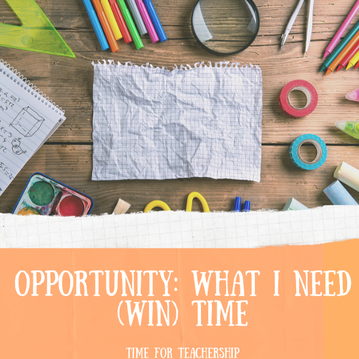
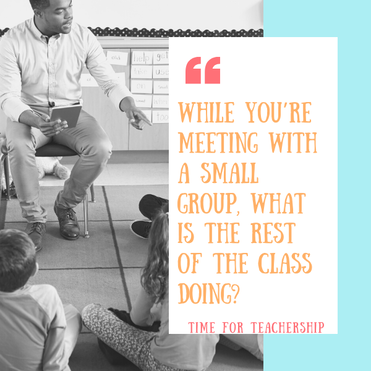
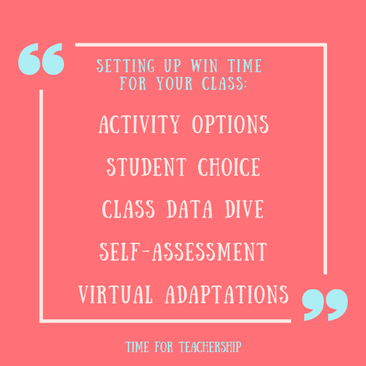
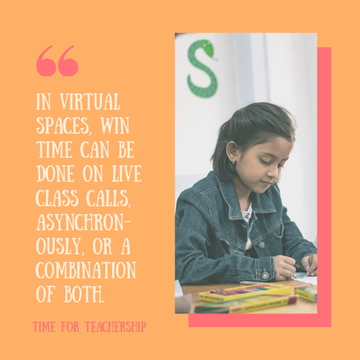
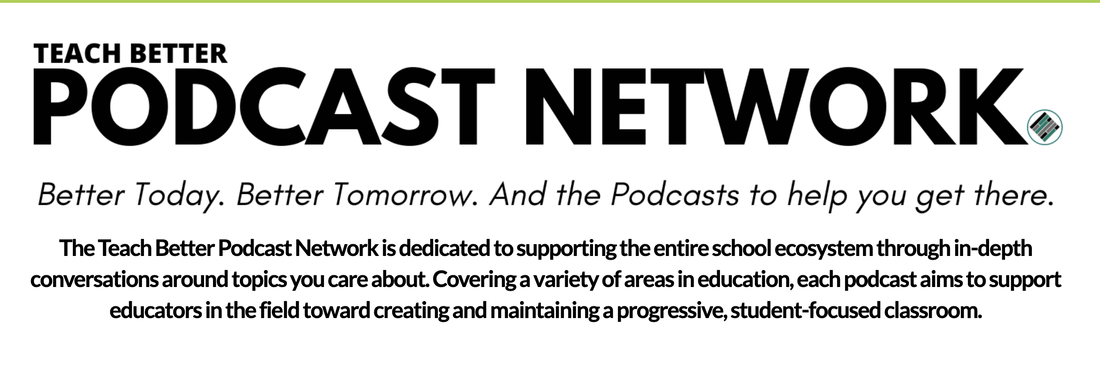
 RSS Feed
RSS Feed